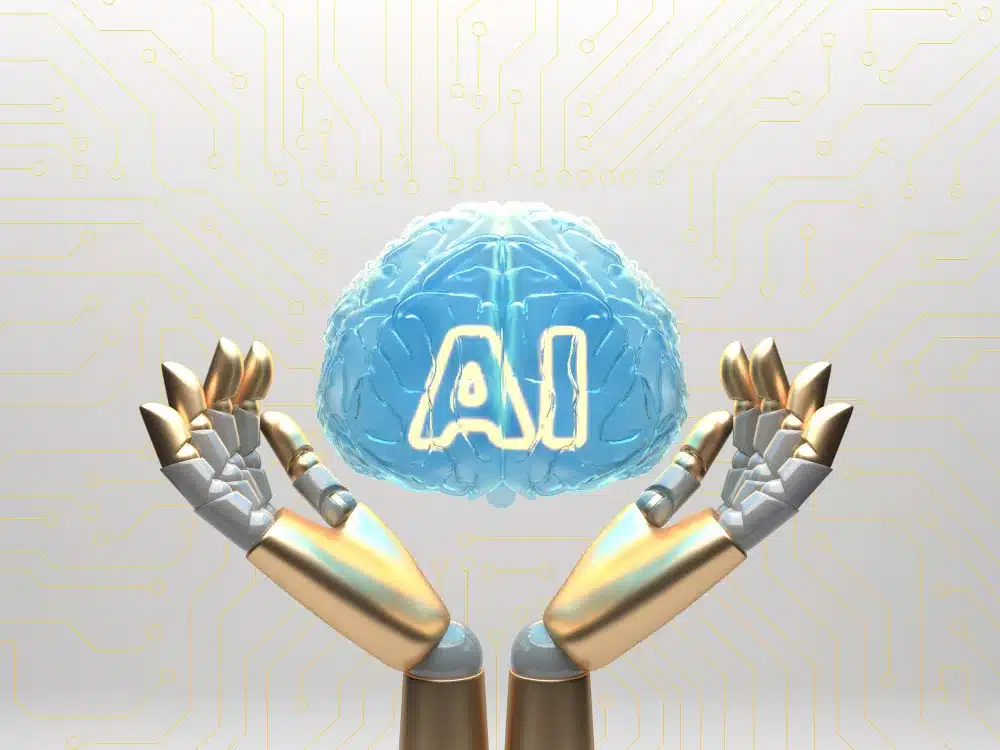Imagine an AI that writes captivating poems, composes mesmerizing music, or paints breathtaking landscapes – not by copying existing works, but by conjuring unique creations from scratch. This is the magic of generative AI, a rapidly evolving field with the potential to revolutionize numerous industries. Let’s embark on a journey to understand what it is, how it works, and the vast possibilities it holds.
What is Generative AI?
Generative AI refers to a subfield of machine learning focused on creating new content rather than analyzing existing data. It leverages powerful algorithms trained on massive datasets of text, images, audio, or code to learn underlying patterns and relationships. Then, like a painter using a brush, the AI uses these learnings to generate novel outputs, be it text, images, music, or even 3D models.
Making Sense of the Magic: How It Works
Several techniques drive the creative engine of generative AI. Here are some key approaches:
- Generative Adversarial Networks (GANs): Imagine two AI models playing a game – one creating new content (generator), and the other trying to discern if it’s real or AI-generated (discriminator). Through this continuous battle, the generator refines its skills, producing increasingly realistic and creative outputs.
- Variational Autoencoders (VAEs): These models compress data into a latent space, capturing its essential features. They can then sample from this space to generate new data points that share characteristics with the original dataset but possess unique variations.
- Transformer-based models: These powerful architectures, with their ability to analyze long-range dependencies in data, excel in generating text, translating languages, and writing different kinds of creative content.
Exploring the Diverse Landscape: Categories and Types
The world of generative AI is multifaceted, encompassing various categories and types:
- Text Generation: AI can write compelling blog posts, marketing copy, scripts, poems, and even code, adapting to different styles and tones. Tools like LaMDA, GPT-3, and Jarvis generate realistic and creative text formats.
- Image Generation: From creating photorealistic portraits to abstract art, AI can paint landscapes, design logos, or even edit existing images seamlessly. Tools like DALL-E 2, Midjourney, and Artbreeder showcase this stunning capability.
- Music Generation: Imagine AI composing symphonies, producing EDM tracks, or crafting melodies in specific genres. Tools like Amper Music, Jukebox, and MuseNet demonstrate the power of AI in music creation.
- Code Generation: AI can assist programmers by writing entire lines of code, suggesting functions, or completing snippets, boosting coding efficiency. GitHub Copilot and Tabnine are examples of such tools.
- 3D Model Generation: From designing furniture to sculpting intricate characters, AI can create 3D models for various applications, pushing the boundaries of design and manufacturing. Tools like Dream by WOMBO and NVIDIA GauGAN2 exhibit this potential.
Beyond the Hype: Real-World Applications
Generative AI has transcended research labs and found use in diverse industries:
- Marketing and Advertising: AI can personalize content, generate targeted ads, and create engaging copy, enhancing marketing campaigns.
- Media and Entertainment: From composing movie soundtracks to writing scripts, AI can fuel creative processes in the entertainment industry.
- Product Design: AI can generate innovative product ideas, optimize designs for functionality and aesthetics, and accelerate the design process.
- Drug Discovery: AI can accelerate drug discovery by generating novel molecule structures with desired properties, potentially leading to life-saving breakthroughs.
- Education: AI can personalize learning materials, create interactive simulations, and provide adaptive feedback to students, enhancing the educational experience.
The Future Unfolds: Challenges and Opportunities
While generative AI holds immense potential, challenges remain:
- Bias and Discrimination: AI models trained on biased data can perpetuate harmful stereotypes in their outputs. Addressing bias is crucial for responsible development and deployment.
- Explainability and Transparency: Understanding how AI generates outputs is essential for building trust and mitigating potential risks.
- Ethical Considerations: Questions surrounding ownership of AI-generated creations, potential job displacement, and the nature of creativity itself need careful exploration.
Despite these challenges, the future of generative AI is bright. With responsible development and ethical considerations at the forefront, it has the potential to empower creativity, accelerate innovation, and shape a more

